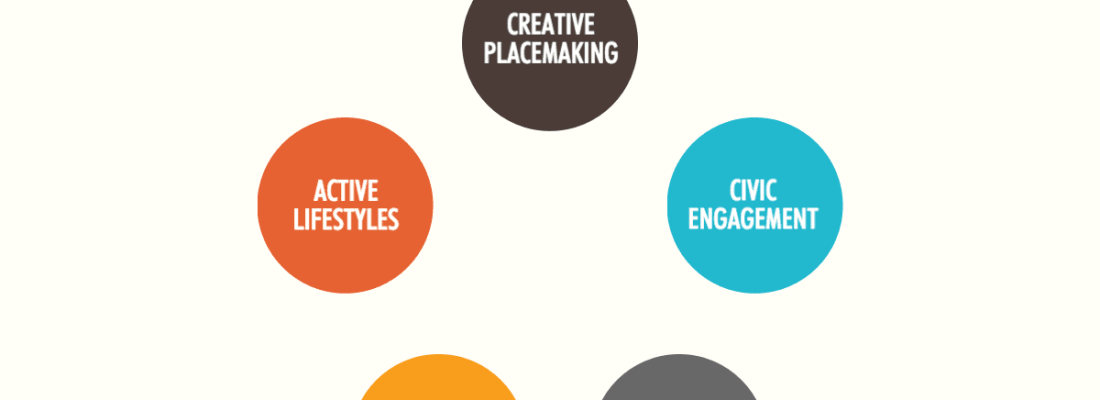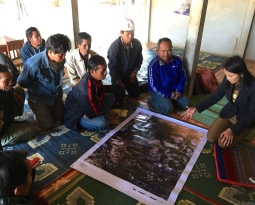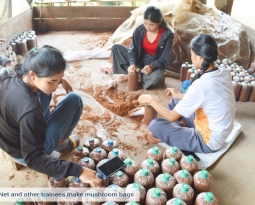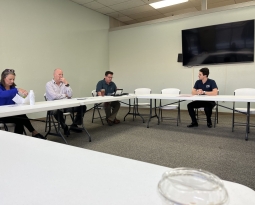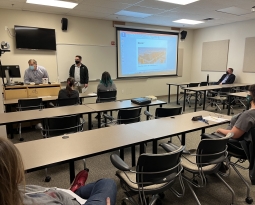What is Community Vitality?
As the Community Vitality program is just beginning, there is important definitional work to be done. But as soon as one asks the question: “What is community vitality?” it quickly turns into a long list-making exercise. This phenomenon is perhaps best described by William Grigsby of The Northeast Center for Rural Development who says “Vitality is increasingly portrayed as a complex, multi-dimensional concept that, though it may defy easy definition, lends itself to list-making…While the concept seems to be maturing, the inclusion of so many variables as indicators of vitality also threatens to render it irrelevant as a useful conceptual tool for…community-level problems.”
The challenge is clear: to define Community Vitality as a new Program of The McConnell Foundation in a meaningful way that serves the community. To start, we explored how others have described it. Here are a few selected references:
- Oregon State University Rural Studies program: “The ability of a community to sustain itself into the future as well as provide opportunities for its residents to pursue their own life goals and the ability of residents to experience positive life outcomes. More specifically, we suggest that a vital community has community capacity (the ability to plan, make decisions, and act together), and realizes positive social, economic, and environmental outcomes.”
- Cornell University’s Community and Rural Development Institute (CaRDI) assigns the following principles to its community and economic vitality initiatives: “1. broad-based participation of community members in development 2. informed citizenry with respect to issues, impacts and potential alternatives. 3. acceptance of the diversity of ideas, cultures and interests represented by a community in the development process 4. enhanced leadership 5. long-term sustainability 6. implication of community members in defining success and formulating a plan to evaluate progress”
- UW Extension Community Vitality & Placemaking: “Community Vitality is defined as the community’s collective capacity to respond to change with an enhanced level of participation (process or pursuit of) with aspirations for a healthy and productive community (an outcome or shared vision of success). Shortly speaking, community vitality is the people‘s pursuit of a shared vision of a place, or CV=P3.”
- At the Ford Foundation, the Vital Rural Communities division supports the development of communities — from community capacity building to economic vitality. 4 areas of work: stronger connections, increased capacity, community development, economic vitality.
After consideration of how these and other frameworks apply to our community, we’ve have created 5 Focus Areas for Community Vitality. Think of these as trailheads; paths that we will initially explore, because we have a hunch they might lead somewhere meaningful. For more on how the Focus Areas will shape the work, click here.


